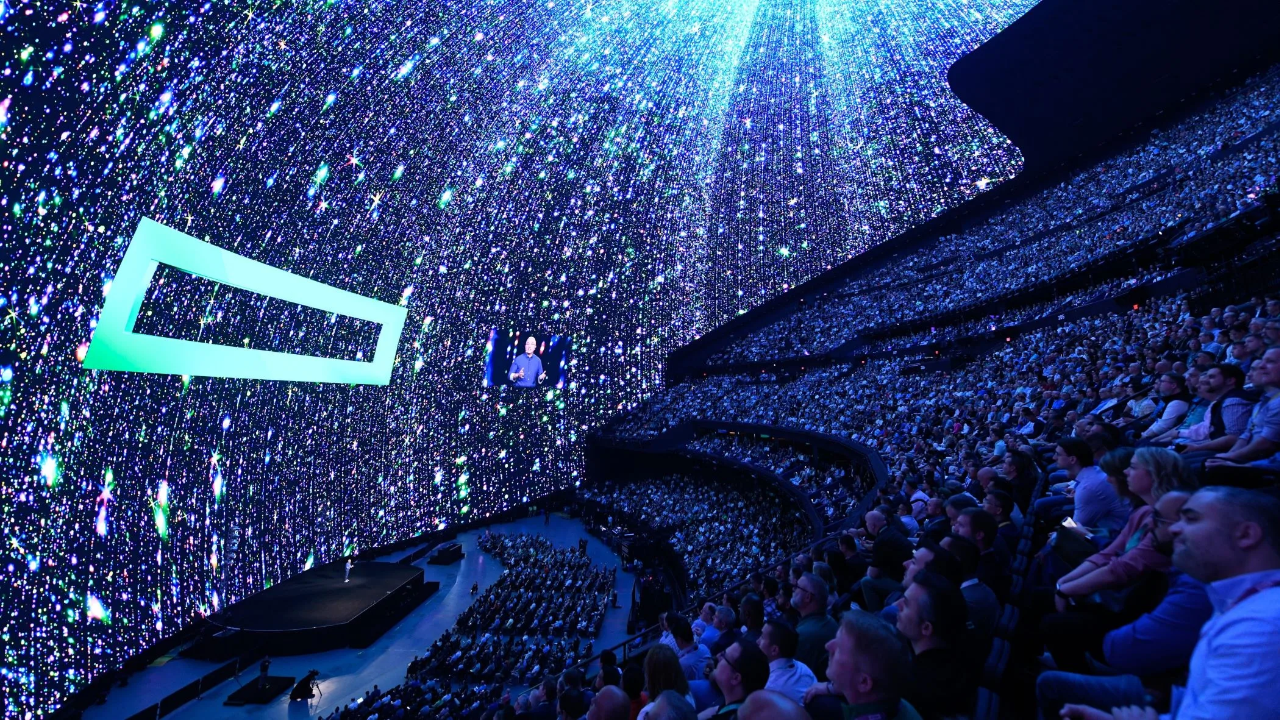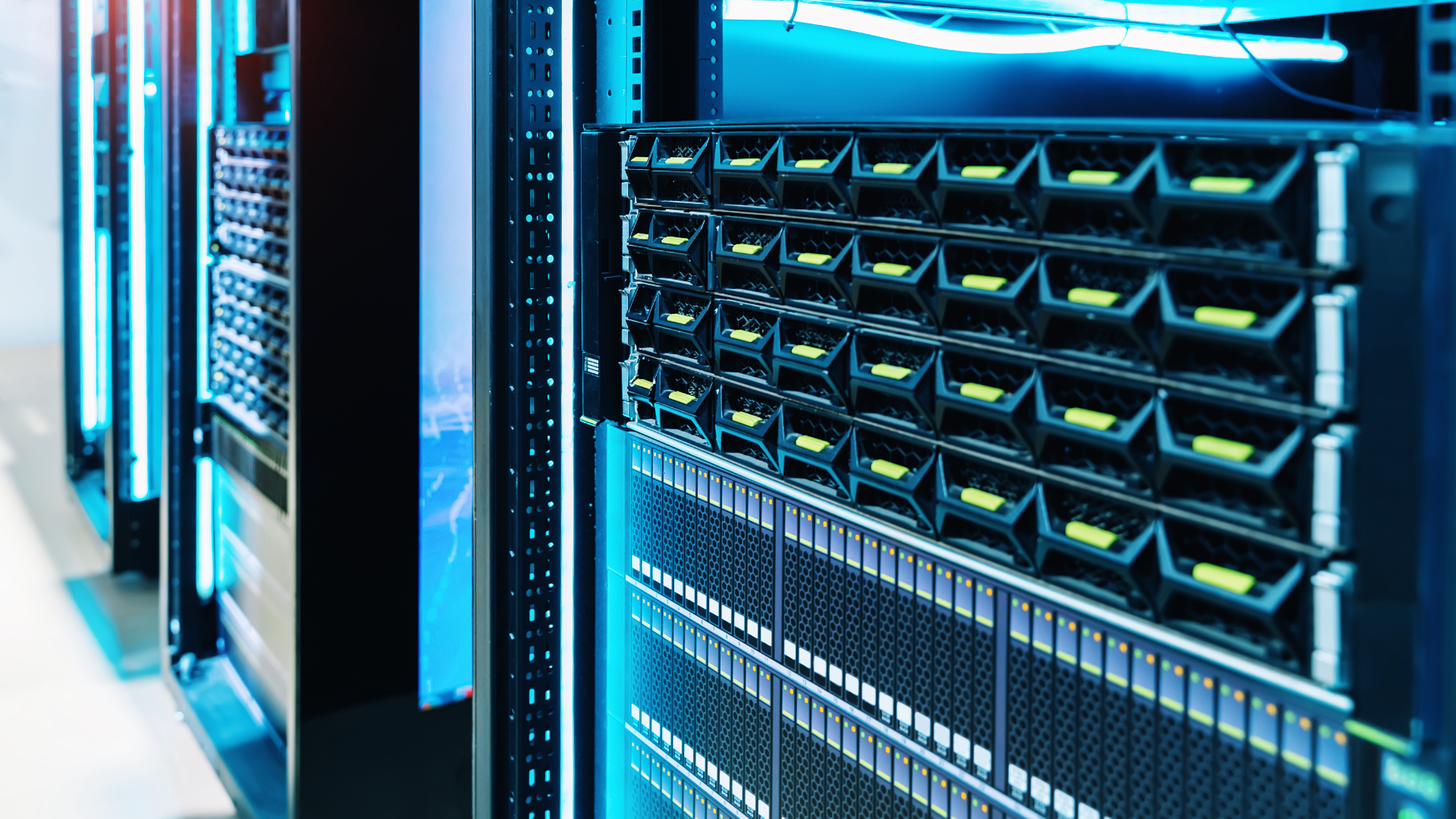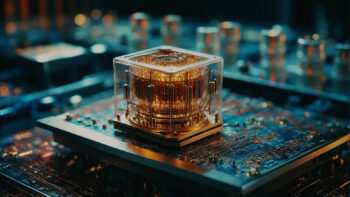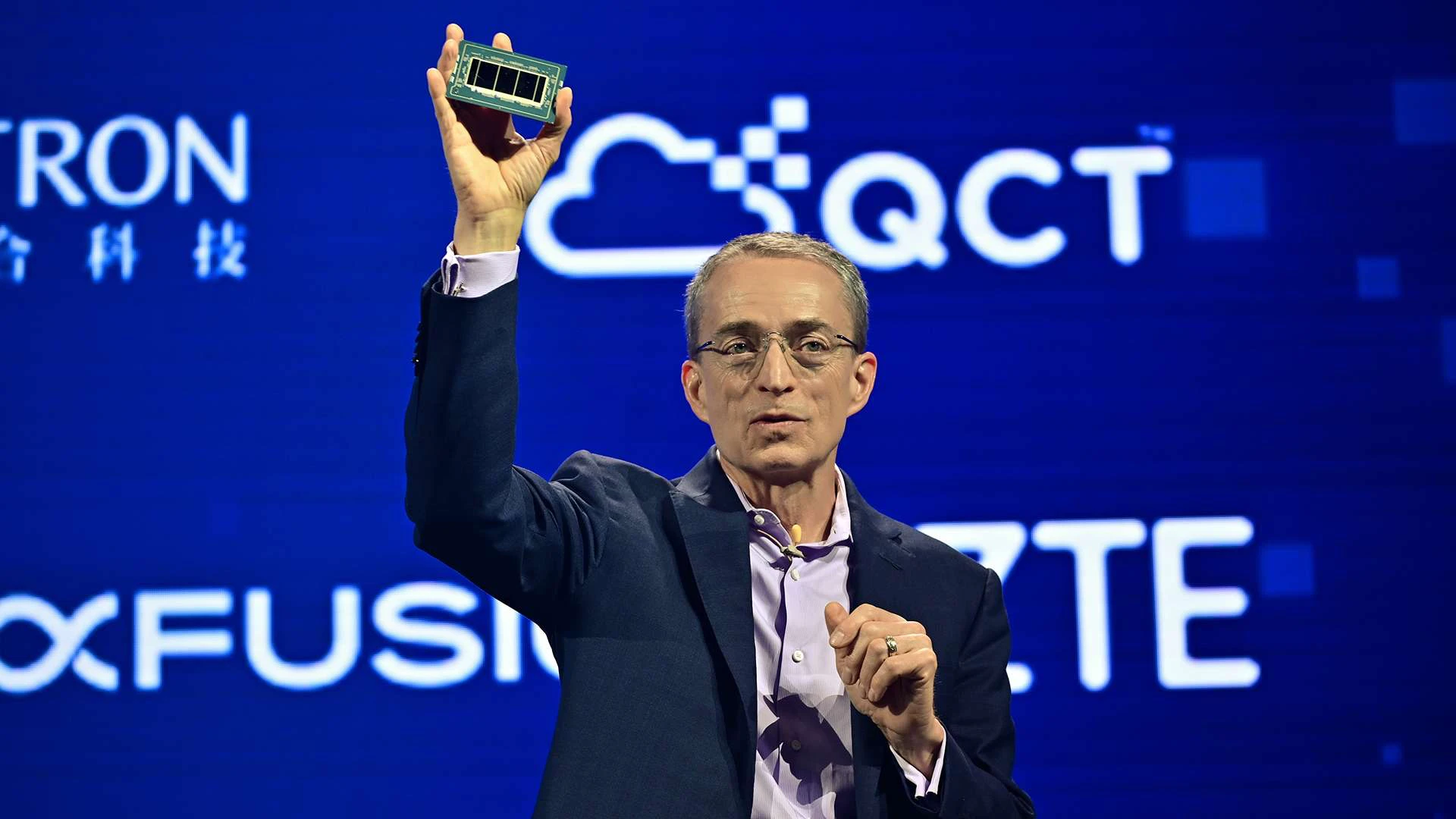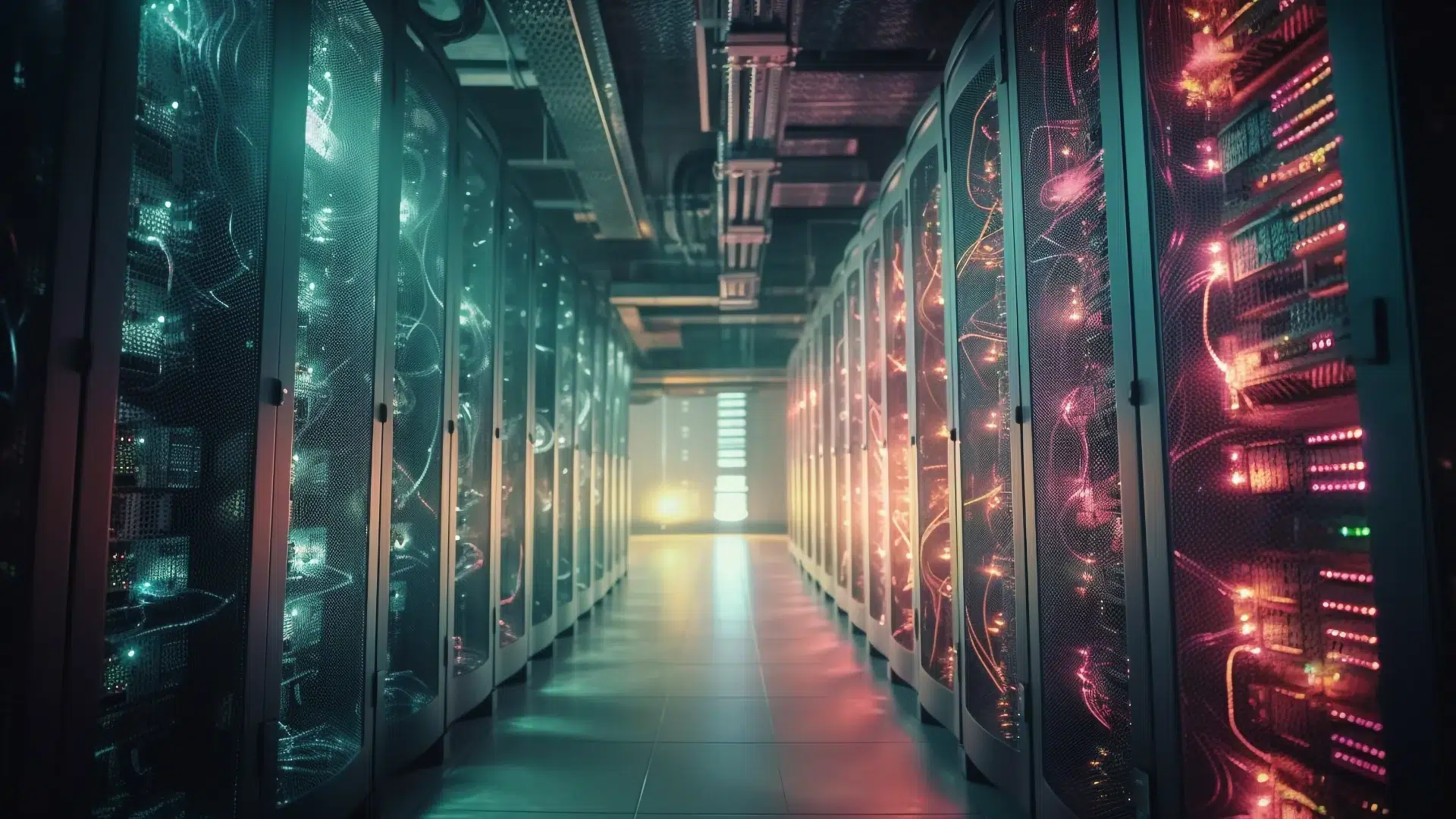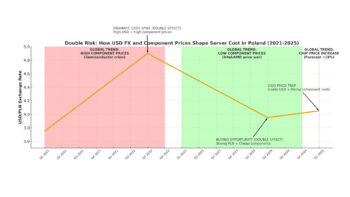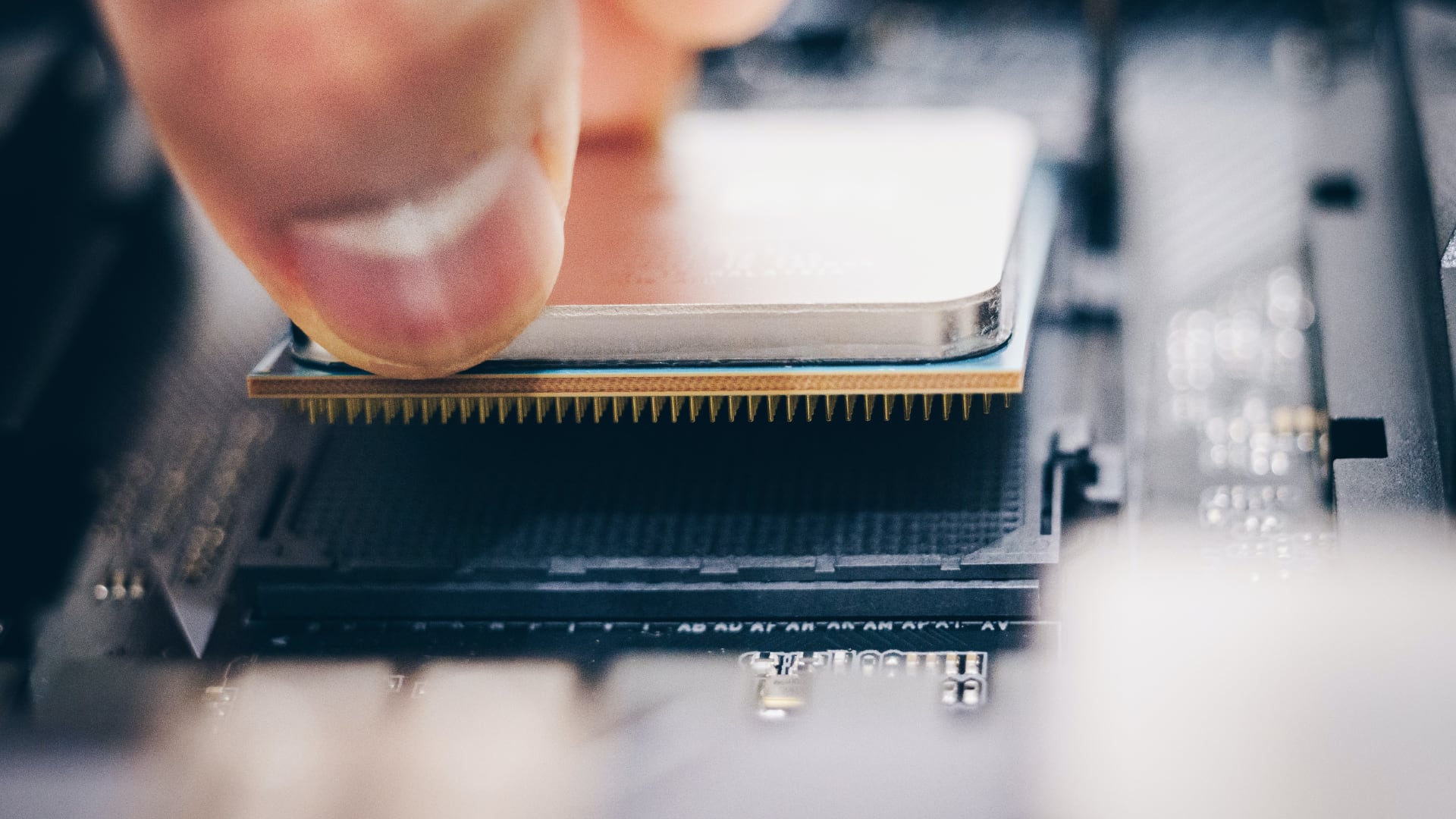Hewlett Packard Enterprise is announcing a new chapter in its strategy – and causing concern on Wall Street at the same time. The company unveiled forecasts for fiscal 2026 that turned out to be cooler than analysts had expected. The announced revenue growth in the 5-10% range contrasts with the earlier market consensus of more than 17%. HPE shares were down nearly 8.5% in yesterday’s after-hours trading.
The reason? HPE is entering a phase of fundamental redevelopment. From next year, the company will combine its key segments – servers, hybrid cloud and financial services – into a single pillar: Cloud & AI. It is a move that is expected to reposition HPE to compete for the growing artificial intelligence infrastructure market. As CEO Antonio Neri stressed, the new structure is expected to create “more profitable growth” and deliver higher shareholder value.
Central to the transformation is the acquisition of Juniper Networks, which is expected to double the scale of HPE’s networking business and narrow the gap with Cisco. However, the integration will not come without costs – the company has announced $240 million in job cuts. This signals that HPE is not only investing, but also looking for room for efficiency.
Despite ambitions in AI and networking, earnings forecasts disappointed the market. Adjusted earnings per share of USD 2.20-2.40 remain below expectations. Similarly, free cash flow, estimated at USD 1.5-2 billion, balances close to the market median.
The market for AI infrastructure – from data centres to high-bandwidth networks – is growing rapidly, rooting for Big Tech investments in generative models. But HPE is starting from the position of a ‘traditional’ player that needs to convince investors that it can reformulate its DNA faster than Nvidia’s CUDA metrics or Microsoft’s cloud ambitions are growing.
This transformation could prove to be HPE’s biggest test since its spin-off from Hewlett-Packard, with the company gambling on moving from being a ‘legacy’ infrastructure provider to becoming a partner of the AI age. The share price suggests that Wall Street will wait to applaud – until it sees actual financial results, not just a reorganisation.




